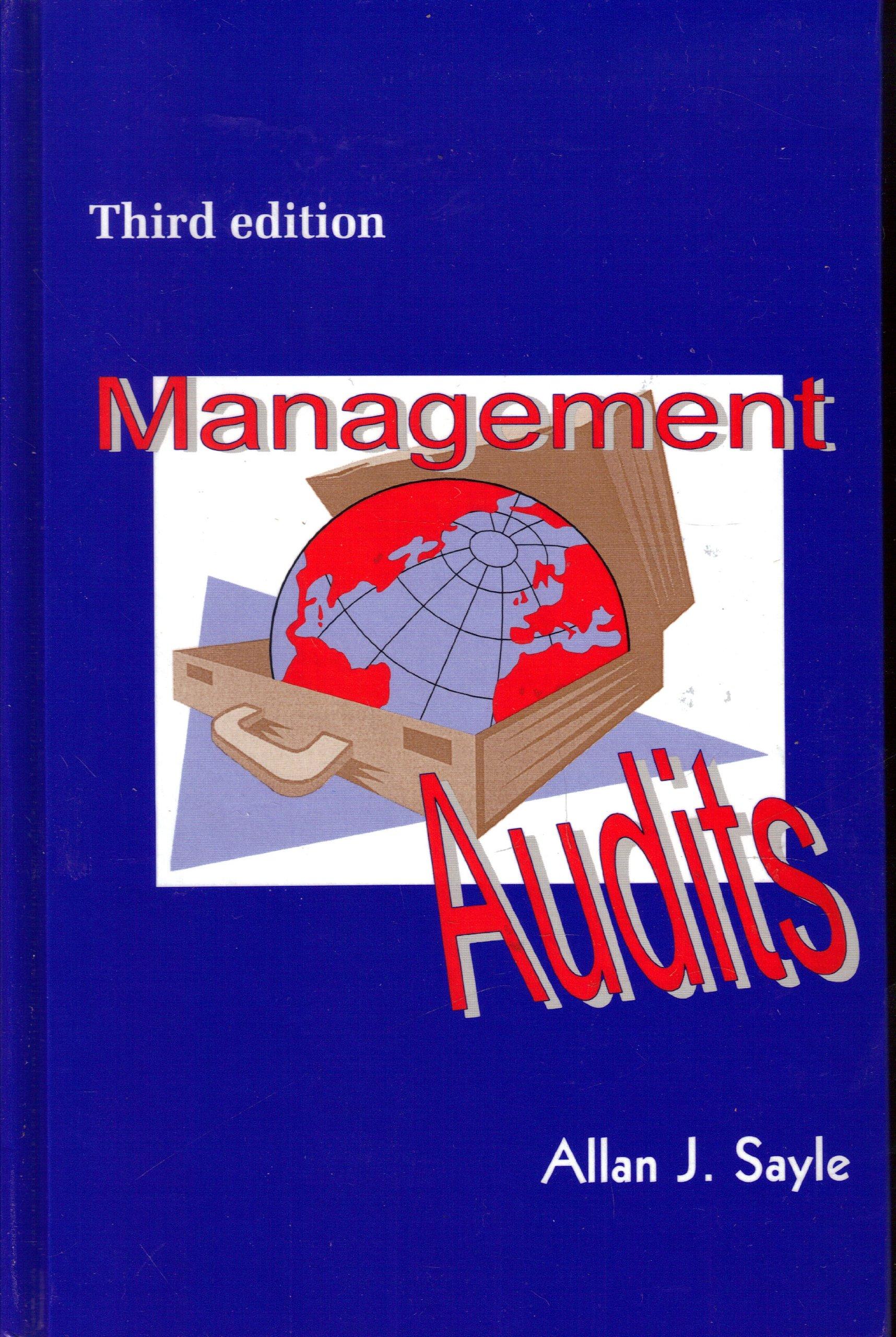Which of the following concepts is often given as justification not to value non current values? a. Predictive value b. Verifiability c. Relevance d. The revenue principle 10. noncurrent operating assets at their A company sells four products: A, B, C, and D. The company values all inventories using the lower-of-cost-or-market procedure. The company has consistently experienced a profit margin of 20 percent of sales and expects this rate to hold for the future. Additional information, shown below, is available for the most recent year as of December 31. Original Cost $60 70 80 90 Estimated Cost to Sell $10 20 10 20 Cost to Replace Expected Selling Prices $100 120 60 90 B. 90 60 80 11. See information regarding the four products above. Using the lower-of-cost-or-market procedure, what is the reported inventory value at December 31 for one unit of Product B? a. $96 b. $90 c. $70 d. $76 12. See information regarding the four products above. Using the lower-of-cost-or-market proccdure, what is the reported inventory value at December 31 for one unit of Product D? a $60 b. $70 c. $90 d. $80 13. Which of the following most accurately describes the position taken by gencrally accepted accounting principles regarding the accounting for the costs of drilling dry wells in the oil and gas industry? a. Both the successful efforts and full-cost methods may be used. b. Neither the successful efforts method nor the full cost method may be used pending the development by the Securities and Exchange Commission of its own approach to accounting for the costs of drilling dry wells. c. Only the full cost method may be used. d. Only the successful efforts method may be used. The term "intangible assets" is used in accounting to denote a. properties without phy sical characteristics that have long-term effects on a business -14. enterprise such items as patents, copy rights, and claims against customers which can be valued on a monetary basis. current or noncurrent property items without phy sical characteristics assets with lesser economic significance because of the nature of such assets. b. c. d







